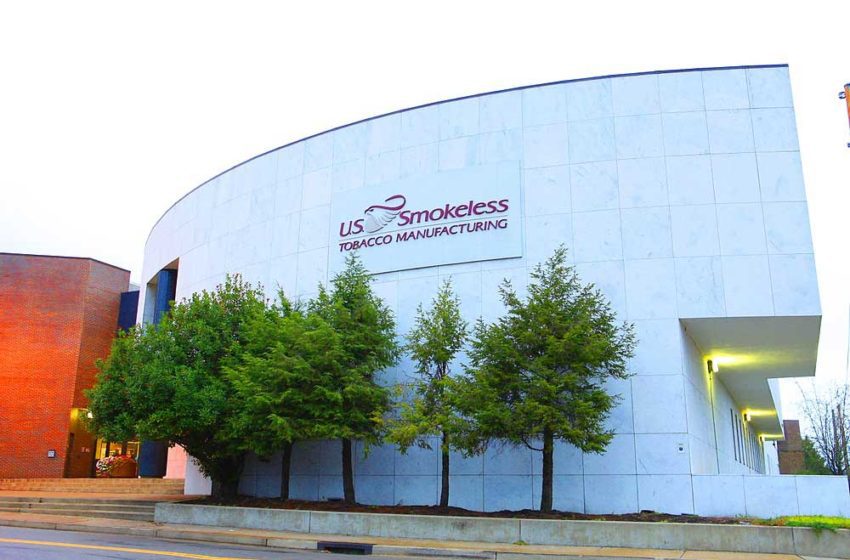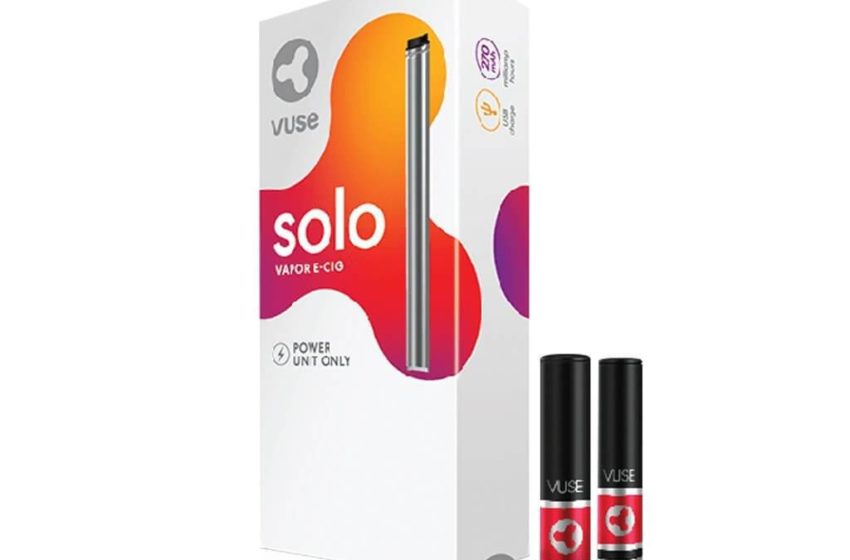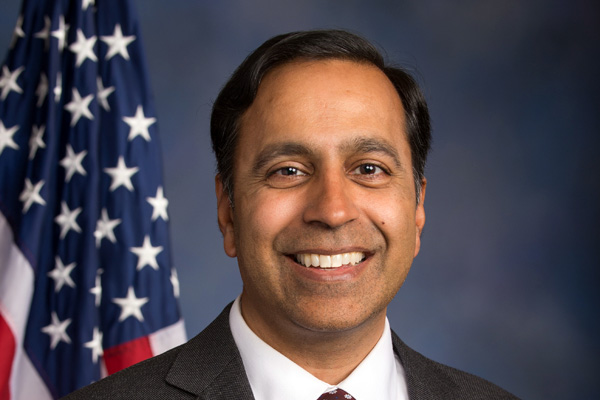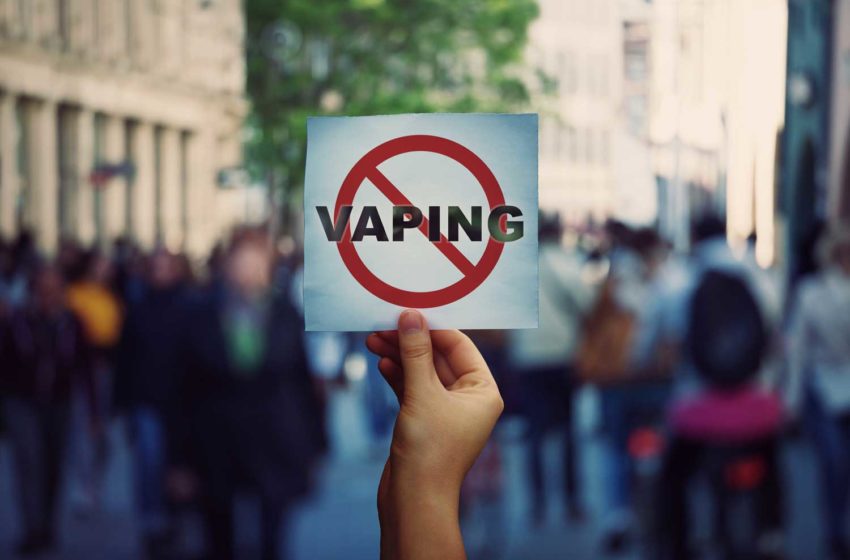A proposal to legalize e-cigarettes in Thailand has run into fierce opposition, reports the Bangkok Post.
Digital Economy and Society Minister Chaiwut Thanakamanusorn said on Tuesday he is exploring ways to permit the sale of e-cigarettes, citing economic opportunities and their potential to help people quit smoking.
At least 67 countries have approved e-cigarettes as a less harmful alternative to smoking while Thailand still refuses to accept them, Chaiwut noted. More importantly, if it is possible to turn tobacco grown in Thailand into e-cigarette products and export them, both the Tobacco Authority of Thailand and tobacco growers will benefit, he said.
The National Alliance for a Tobacco-Free Thailand (NATFT) responded by calling on the government to increase efforts to protect the public from all forms of tobacco products. “Various elements of society, both government and nongovernment, have been working hard to reduce the number of smokers, so legalizing e-cigarettes will only exacerbate the situation,” said NATFT chairwoman Somsri Pausawasdi.
E-cigarettes are not safer choices for people who want to quit smoking while knowledge about their long-term effects on health remains limited for now, echoed Ronnachai Kongsakon, director of the Tobacco Control Research and Knowledge Management Center.
The Medical Association of Thailand, too, has come out strongly against Chaiwut’s proposal.
The organization sent an open letter to Prime Minister Prayut Chan-o-cha asking him to caution the minister. The letter was signed by Amorn Leelarasamee, president of the Medical Association of Thailand, and supported by heads of other organizations, including 14 royal colleges and the National Alliance for Tobacco-Free Thailand.
The president of the Royal College of Surgeons of Thailand, Pramuk Mutirangkura, also voiced his opposition.
Responding to the minister’s assertion that at least 67 countries had approved e-cigarettes as being less harmful than smoking tobacco, Pramuk said that each of those countries had allowed the sale with conditions attached. They were not sold without restrictions, he noted.
Many other countries still banned e-cigarettes because they wanted to protect the people’s health, preferring the “prevention is better than cure” principle, he added.
There are at least 10 million smokers in Thailand.









 The U.S. Food and Drug Administration has issued an administrative stay of its marketing denial order (MDO) for nontobacco flavored bidi sticks, pending the agency’s review of Bidi Vapor’s request that the MDO be rescinded based on product-specific scientific evidence in its premarket tobacco product applications (PMTAs).
The U.S. Food and Drug Administration has issued an administrative stay of its marketing denial order (MDO) for nontobacco flavored bidi sticks, pending the agency’s review of Bidi Vapor’s request that the MDO be rescinded based on product-specific scientific evidence in its premarket tobacco product applications (PMTAs).










